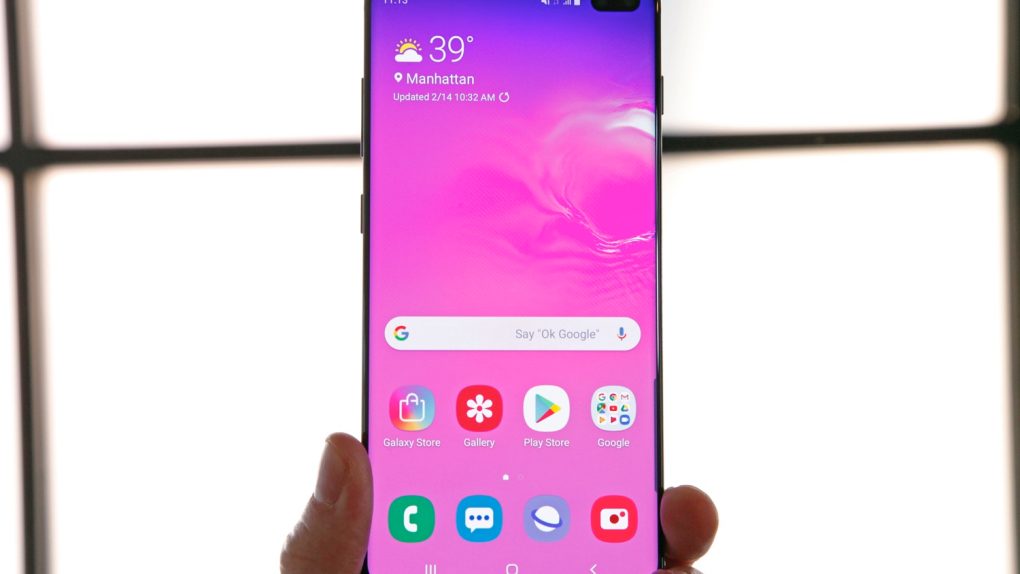Before in-display fingerprint sensors began proliferating, everyone was so excited about the prospect. Android phone makers had been moving their fingerprint sensors to the back of their phones in order to make room for larger displays with narrower bezels. Then there’s Apple, which decided to abandon fingerprint sensors entirely in favor of 3D face recognition, for better or worse. In-display fingerprint readers would allow companies to keep their sleek new all-screen designs without removing fingerprint readers or relocating them to the back, which is the worst possible location as far as user experience is concerned. The problem, of course, is that there’s no tactile target to touch when a fingerprint sensor is embedded behind a smartphone screen. As a result, it’s quite difficult to unlock your smartphone without looking at it to see exactly where your finger should touch. While in-display fingerprint readers are definitely nifty, they actually ended up slowing everyone down.
This UX problem is quite real, but the good news is that it’s only temporary. We’re only in the earliest stages of this neat technology, and next-generation tech is already being developed behind closed doors. We’ve heard rumors that several companies are working on new embedded fingerprint sensors that offer a fantastic solution to this problem, and now the latest leak suggests that Samsung’s improved in-display fingerprint reader could make its debut as soon as early next year in the Galaxy S11 series.
No one wants home buttons to make a comeback, of course, but think about how much easier it was to unlock your smartphone when it had a home button that held a fingerprint reader. All you had to do was reach into your pocket and pull out your phone by pinching it between your thumb and your pointer and middle finger, with your thumb placed on the home button. By the time your smartphone was fully removed from your pocket, it would be unlocked.
It’s impossible to do this 100% of the time with phones that have in-display fingerprint readers. Since there’s no home button, you can’t feel for it with your thumb. Sure, you might get lucky sometimes and place your thumb in the correct spot, but overall it slows you down despite how cool it is to have a fingerprint sensor that doesn’t take up any room on the front of your phone.
So, what’s the solution? Simple: in-display fingerprint sensors that have much larger “Active Area Dimension,” or AAD. Next-generation fingerprint readers that are currently in development aren’t like the ones we use now, where you have to touch a very small area in order for it to read your fingerprint. Instead, the “active area” that can read your print occupies a much larger portion of the screen. This way, you’ll be able to place your finger pretty much anywhere on the lower part of the display and your fingerprint will be read.
We have already heard that Apple is working on in-display fingerprint sensors like this. We’ve also seen rumors that this next-generation Touch ID might appear as soon as next year in the iPhone 12 (just like the jump from iPhone 7 to 8, Apple may skip the “11S” series next year and go straight to a major update with the iPhone 12). Now, a new report from a South Korean trade publication with a solid track record suggests that Samsung is working on similar tech. According to a report from The Elec, the new sensor could appear as soon as next year in the new Galaxy S11 and its counterparts.
It’s obviously far too soon to confirm anything at this point, but we definitely have our fingers crossed that Samsung can pull it off in time for the Galaxy S11’s launch in early 2020.








